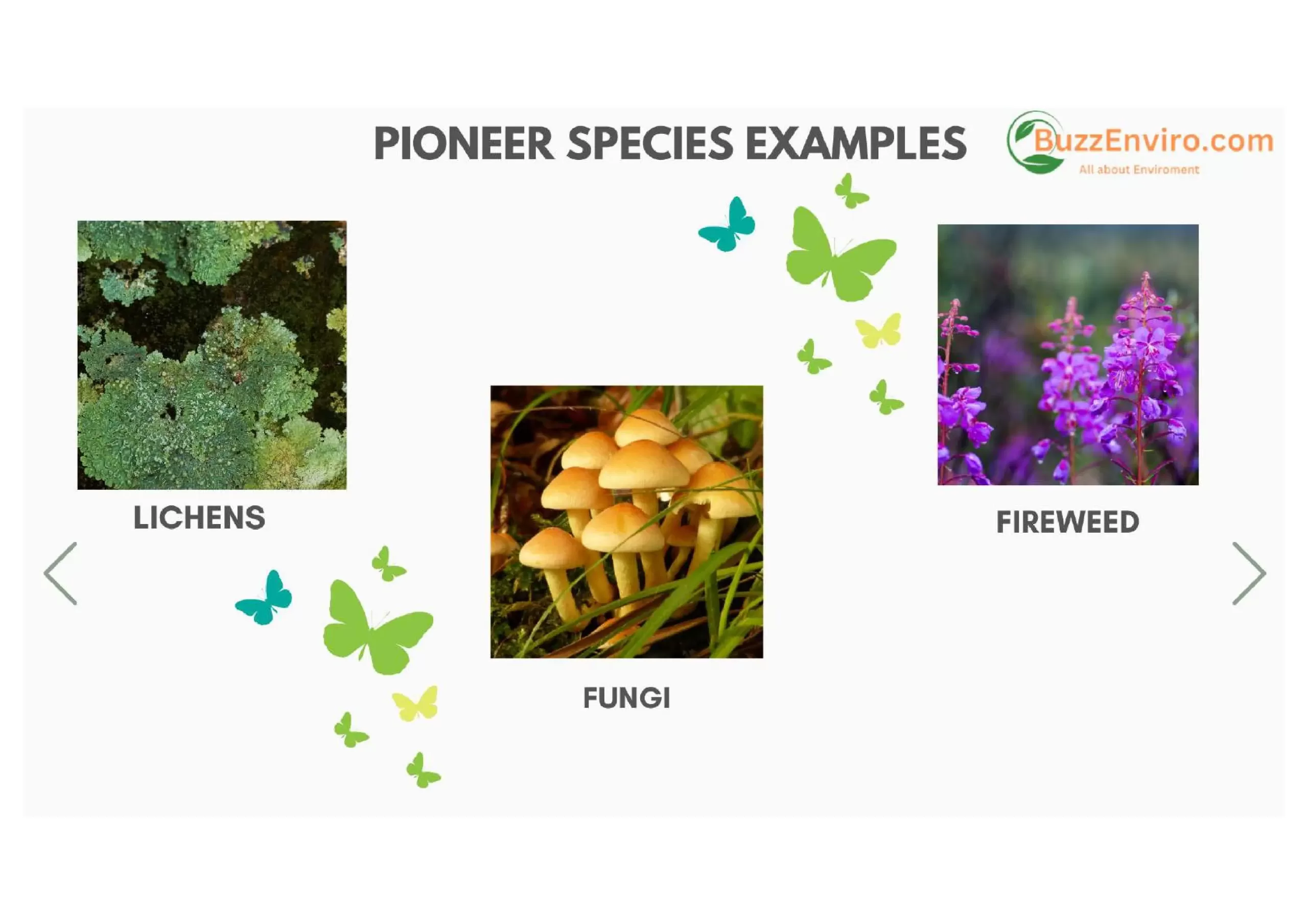Caterpillars are some of the most fascinating insects on the planet. From their tiny beginnings to their astonishing transformations into butterflies or moths, these creatures captivate both scientists and nature lovers alike. If you’re curious about these little critters, you’re in for a treat! In this blog post, we’ll dive deep into caterpillar fun and explore caterpillar facts you probably didn’t know. Whether you’re a budding entomologist or just someone who enjoys learning about nature’s wonders, you’ll find something intriguing here. Let’s explore the world of caterpillar insects and uncover some interesting facts about caterpillars that make them truly unique.
What is a Caterpillar? Understanding the Basics

Caterpillars are the larval stage of moths and butterflies, two species that belong to the order Lepidoptera. As part of their lifecycle, they go through fascinating transformations before emerging as fully formed adults. The role of a caterpillar in the insect world is primarily to consume food and grow until it’s ready to metamorphose. Here’s a quick overview of their lifecycle:
- Egg: Laid by adult butterflies or moths, these eggs eventually hatch into caterpillars.
- Larvae (Caterpillar): The second stage where the caterpillar grows rapidly, feeding on leaves and plants.
- Pupa (Chrysalis): The caterpillar forms a pupa or cocoon around itself, undergoing metamorphosis.
- Adult Butterfly or Moth: After metamorphosis, the adult insect emerges to begin the cycle again.
Fun and Interesting Facts About Caterpillars
If you think caterpillars are just simple insects, think again! These creatures are full of surprises. Let’s explore some fun facts and interesting things about caterpillars.
- Caterpillars Have a Skeleton Outside Their Bodies (Exoskeleton)
One of the coolest features of caterpillars is that they have an exoskeleton, also known as an external skeleton. This hard outer shell helps protect them from predators and harsh environmental conditions. As the caterpillar grows, it sheds its exoskeleton multiple times in a process called molting. Each time it molts, it becomes larger and more prepared for the next stage of its lifecycle.
- Caterpillars Can Have Multiple Legs – But Not All Are True Legs
Caterpillars are often thought to have a large number of legs, and while this is true, not all of them are true legs. They have six true legs on their thorax, but the rest are known as prolegs, located on the abdomen. These prolegs give them the ability to grip onto surfaces as they move. This unique leg structure helps them navigate leaves and branches with ease.
- Some Caterpillars Are Masters of Disguise
Many cool caterpillars are experts at camouflaging themselves to avoid predators. Some caterpillars mimic the appearance of twigs, leaves, or even bird droppings. This type of defense mechanism is called mimicry. For example, the saddleback caterpillar looks remarkably like a leaf, making it hard for predators to spot.
- Caterpillars Can Eat a Lot in a Short Time
Caterpillars are voracious eaters. Some species can eat up to 27,000 times their body weight during their larval stage! This is essential because their primary goal during this stage is to store enough energy for their transformation into moths or butterflies.
Unique Caterpillar Insects: Species to Watch
The world of caterpillar insects is incredibly diverse. Below are some of the most interesting caterpillar facts related to specific species:
- The Woolly Bear Caterpillar
The woolly bear caterpillar is famous for its distinctive black and orange fur. This caterpillar is known for its ability to survive cold temperatures, making it one of the most resilient species. In fact, the woolly bear has earned a place in folklore because people believe its coloration can predict the severity of the coming winter!
- The Tomato Hornworm Caterpillar
This caterpillar is notorious for feeding on tomato plants. Its green color helps it blend in perfectly with the leaves of tomato plants. However, if you’re growing tomatoes, you might not want to welcome these caterpillar insects into your garden, as they can cause significant damage to your crops.
- The Spicebush Swallowtail Caterpillar
This caterpillar is particularly remarkable because of its ability to resemble a bird dropping. When threatened, the spicebush swallowtail caterpillar will mimic this appearance, making it almost invisible to predators. This clever defense tactic is a great example of how caterpillars have adapted to avoid danger.
The Fascinating Metamorphosis of Caterpillars
One of the most amazing things about caterpillars is their transformation process. The process of metamorphosis is nothing short of miraculous. Let’s take a closer look at the stages of this incredible journey:
- The Caterpillar Stage – Eating and Growing
As caterpillars grow, they focus primarily on eating to accumulate the energy they will need to transform. This stage can last anywhere from a few weeks to several months, depending on the species and environmental conditions.
- The Pupa Stage – A Quiet Transformation
Once a caterpillar has grown enough, it enters the pupa stage, also known as a chrysalis. Inside this protective shell, the caterpillar undergoes remarkable changes. Organs and tissues break down, and new structures form, including wings. This period of transformation can last for several weeks, during which the caterpillar remains dormant but is undergoing a dramatic change.
- The Emergence of the Butterfly or Moth
Finally, after completing its metamorphosis, the adult butterfly or moth emerges. At this point, the caterpillar skeleton that once protected it is discarded, making way for the delicate wings of the adult form.
How You Can Help Caterpillars in Your Garden
If you’re fascinated by these creatures and want to encourage more caterpillars in your garden, here are a few tips to create a caterpillar-friendly environment:
- Plant Native Plants: Many caterpillar species feed on specific plants. By planting native shrubs, trees, and flowers, you provide food for caterpillars and help maintain biodiversity.
- Avoid Pesticides: Pesticides can be harmful to caterpillars and other beneficial insects. Try to use natural alternatives to keep your garden safe.
- Create a Habitat: Leave some leaves or fallen branches in your garden. These can serve as perfect hiding spots or places for caterpillars to pupate.
A Tiny Creature with Big Surprises
Caterpillars may seem small and simple, but they are full of surprises and offer a wealth of knowledge for those who take the time to learn about them. From their remarkable transformations to their unique adaptations, caterpillar insects are truly nature’s marvels. So next time you spot one, take a moment to appreciate the tiny creature’s role in the ecosystem and its fascinating journey. Whether you’re curious about caterpillar facts, the skeleton of a caterpillar, or want to know more about cool caterpillars, there’s always something new to discover!





